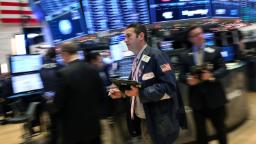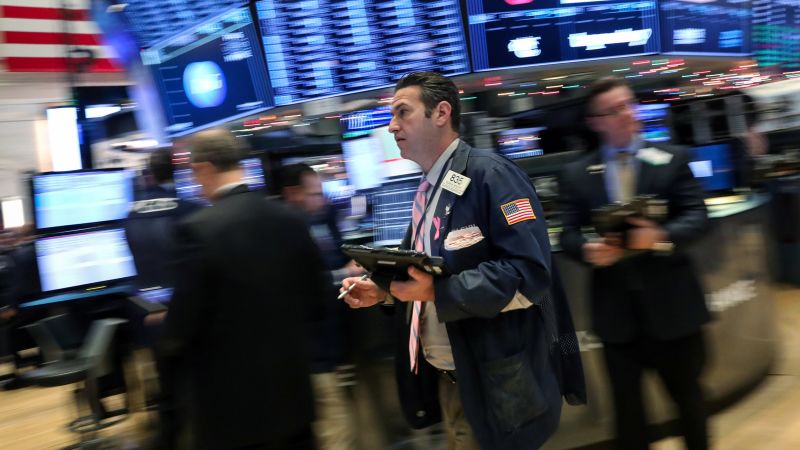
Titans of finance have been warning for months that looming geopolitical dangers are the biggest threat by and large to the US economy. But even as wars rage on in the Middle East and Eastern Europe, markets have been enjoying an end-of-year rally.
The S&P 500 reached its highest level since January 2022 on Tuesday, following new data that showed cooling inflation. The surge came even as the Israel-Gaza war intensified and the Russia-Ukraine war approached the end of its second year.
It appears that, for now, Wall Street is skeptical of the impact of war on the US economy and is instead more focused on the Federal Reserve and inflation rates than conflict abroad.
JPMorgan Chase CEO Jamie Dimon has repeatedly said that geopolitical uncertainty is currently the biggest risk in the world.
He stressed, at last month’s New York Times DealBook Summit, that this may be the most dangerous time the world has seen in decades, and that the wars in Ukraine, Israel and Gaza could have far-reaching impacts on global energy, food supply, trade and geopolitics. It could even, he said, lead to nuclear blackmail (using the threat of nuclear warfare as leverage to coerce another country into meeting certain demands).
He’s not alone. EY’s latest CEO Outlook Pulse survey found that 99% of CEOs said they were shifting their investments in response to geopolitical challenges.
Violent conflicts abroad pose the largest threat to markets next year, according to a Natixis survey of 500 institutional investors from around the world.
“The biggest macroeconomic risk for 2024 is geopolitical bad actors who with one action can upset economic and market assumptions globally,” the group wrote. That risk ranked above policy errors by central banks, a slowing Chinese economy and dwindling consumer spending.
But the S&P 500 is up by 9% since Hamas’ October 7 attack and up 10% since Russia’s full-scale invasion of Ukraine in February 2022.
“Many armchair forecasters bid up hysteria regarding the ongoing war in Ukraine and the October 7 terrorist attack in Israel,” wrote Marko Papic, chief strategist at the Clocktower Group, in a note this week. “In the end, neither event had any impact on markets.”
Instead, investors appear locked in on the Fed — and investors aren’t going to let geopolitics get in the way of their holiday cheer.
“With geopolitical tensions elevated in the world, I think it’s very important that we don’t conflate the very muted response that we’ve seen, say over the last four to five weeks, with markets being very sanguine, because they’re not,” said Sinead Colton Grant, incoming chief investment officer at BNY Mellon, at last month’s Reuters NEXT conference in New York.
“They’re watching the evolution very, very closely and there’s an assumption that all these events remain fairly contained. Should that turn out not to be the case, you will see markets react quite sharply, and that would reverberate beyond the equity markets,” she said.
